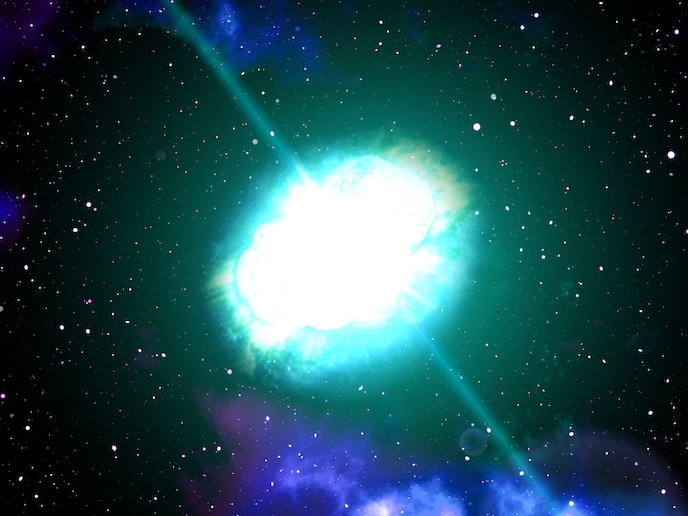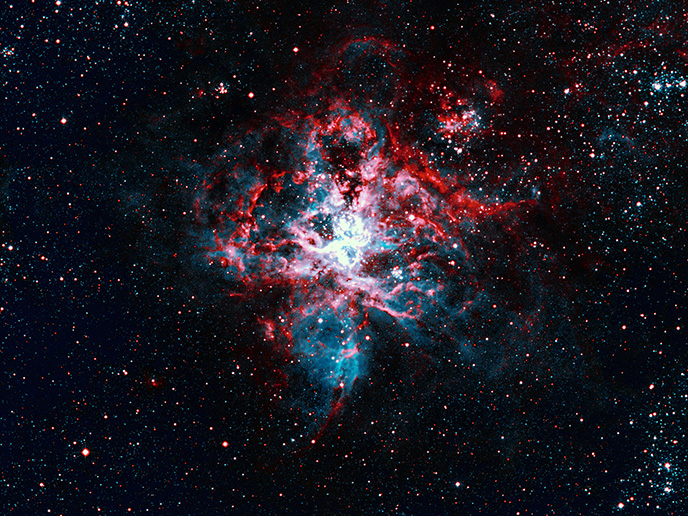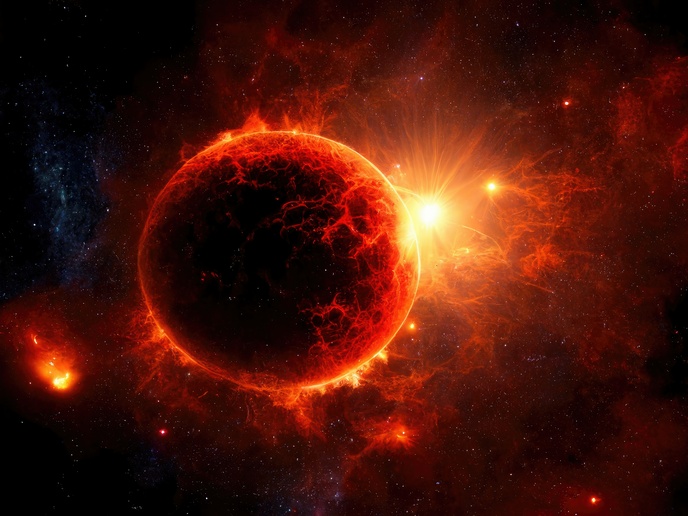A better understanding of superluminous supernovas
If you thought a supernova was pretty super – wait until you hear about the superluminous supernova. These recently discovered phenomena can be a whopping 100 times brighter than your standard core-collapse supernova. But beyond that, we know very little about this mysterious class of stellar explosions. “We know that superluminous supernovae are brighter, but we really don’t know why,” says Ragnhild Lunnan(opens in new window), an astronomer at Stockholm University(opens in new window). “For instance, we have a very limited understanding as to their power source and their progenitor stars.” With the support of the EU-funded SUPERS project, Lunnan, a Marie Skłodowska-Curie fellow(opens in new window), is working to fill in these gaps.
A combination of technologies and methods
To accomplish her objective of improving how we both search for and understand superluminous supernovae, Lunnan used a combination of technologies and methods. This included late-time spectroscopy and a next-generation www.ztf.caltech.edu (Zwicky Transient Facility) (ZTF) sky survey. “What makes ZTF great for looking for superluminous supernovae is that it covers a much greater area than any previous sky surveys, meaning it is much more efficient at finding rare events,” adds Lunnan. Lunnan also used images taken with the Hubble Space Telescope(opens in new window) to study supernovae host galaxy environments. “By the time a superluminous supernova is found, it has already faded significantly, making it harder – and more expensive – to get data,” notes Lunnan. “However, with the right technology and tools, one is able to learn a lot about, for example, its composition and ionization state, all of which can provide clues as to the type of star that exploded and what was powering the explosion.”
An unexpected discovery
Right off the bat, the project made an unexpected discovery: that some of the stars exploding as superluminous supernovae have large mass eruptions close to the time of explosion. “We found a never-before-seen signature of a fast-moving, circumstellar shell around supernova iPTF16eh,” explains Lunnan. “This was quite exciting because it potentially links this class of explosions with very massive stellar cores.” To pursue this lead further, Lunnan successfully applied for time with both the European Southern Observatory Very Large Telescope(opens in new window) and the Hubble Space Telescope. “Using these telescopes, I aimed to study how common this phenomenon was among superluminous supernovae and to better characterise another example, should I find one,” remarks Lunnan. “This was not at all the direction I thought this project would take, but it ended up being extremely interesting.”
More work to be done
Unfortunately, a global pandemic cut this pursuit short when a number of observatories were closed down. However, now a member of the Stockholm University faculty, Lunnan can continue her work. “Although the project as funded by the EU is officially over, I am still working on some aspects that were originally conceived as part of SUPERS,” she says. According to Lunnan, this work includes continuing to analyse the impressive sample of superluminous supernovae so far identified in the ZTF survey. “We are finding that there is a lot more diversity in this class of explosions than previously recognised, in terms of luminosities, timescales, light curve structure, new subclasses, and so on.” She concludes: “Whatever mechanism one wants to invoke to explain these explosions must be able to reproduce this diversity, and our sample aims to be a step in the right direction.”







